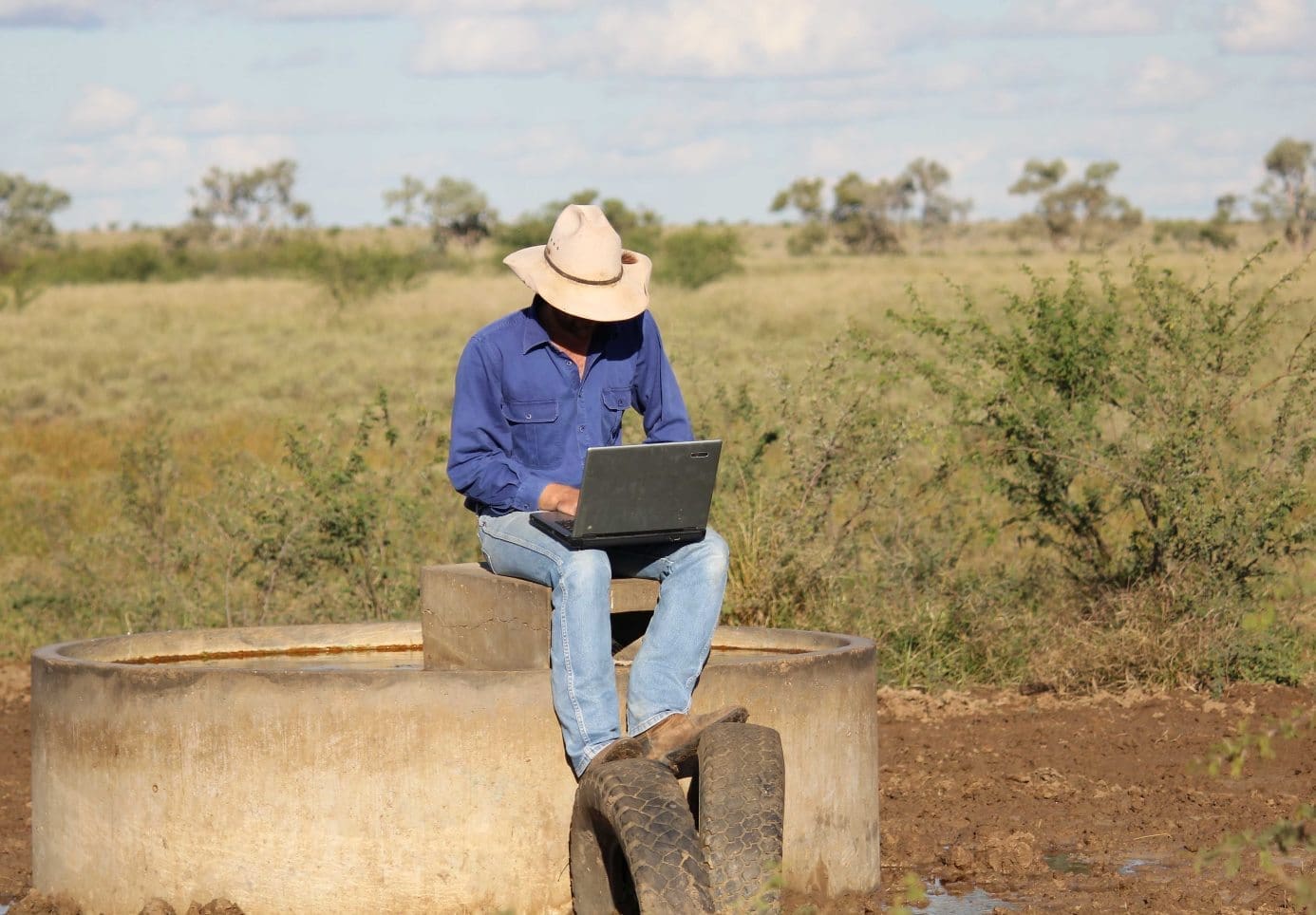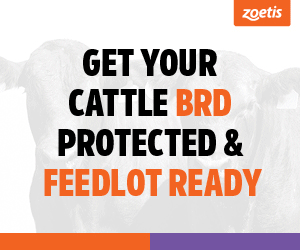
IF you do an internet search for agistment, you will find plenty of advertisements taken out by producers willing to go anywhere to put stock on agistment.
The availability of agistment across large parts of the country has tightened with the weather drying out in the past year.
Some agents and consultants have told Beef Central that where agistment can be found it can range between $5 and $15 depending on the quality of the paddocks – often with certain conditions. However, many stressed the difficulties in finding paddocks.
Tamworth-based livestock consultant Andrew Hosken has been developing agistment models for many years. He said he was struggling to find agistment and it was expensive.
“Barely anyone wants to take agistment in, but the agistment that I have heard of are looking for $1.5 to $2 /day and they want young cattle,” Mr Hosken said.
“We are really struggling to find value, because they have been spoilt with a market where paying $15-$20/week didn’t matter because the cattle were worth a fortune – you would want to be a good operator to be negotiating agistment.”
Mr Hosken said a lot of paddocks were being underutilised for agistment, with many producers taking a conservative approach to the season ahead on the back of a dry forecast.
 “All the talk in the media has been so negative at the moment and I think that has scared a lot of people,” he said.
“All the talk in the media has been so negative at the moment and I think that has scared a lot of people,” he said.
“There has been good rain in Central Qld in the last week, Blackall and Western Qld have a good body of dry feed that will come away quickly with some summer rain.
“But I have had people knocking on doors and they are just not interested, not interested in the cash, they just need the safety of grass because there has been so much talk about El Nino and the long-term dry.”
Mr Hosken recently took a trip to the Riverina, where he said there was plenty of opportunity for using crop stubble to trade livestock.
“A lot of people are very focused on their next crop, but with the stubbles there you could tip out mutton or the cheap merino lambs and you would make a good margin,” he said.
“You also have these little heifers that were $1.5 or well-bred steers that are going cheap.”
Rain brings more optimism to Qld
Further north, Dalby-based Eastern Rural livestock sales manger Wyatt Wrigley said there has been a move from some of the bigger pastoral companies to hold onto feed instead of taking agistment.
“I think for a lot of the bigger producers, this year has been the first time they have feed in years – so, a lot of them are happy to sit on it and sure it up,” Mr Wrigley said.
“We managed to get some agistment six-to-eight weeks ago, but it was into a 50,000ac paddock with no yards on the place – it was not ideal but we had to take it.”
Mr Wrigley started pulling cattle off agistment at the start of the year as the Southern Qld season started to dry out. He said some good rain in the past week has put a bit more confidence back in the livestock market and plenty of cattle could go on agistment with some more rain.
“There are people getting ready for summer crops, they will need a fair bit more rain because it has been so dry. But if we get some average summer rain there will be some good forage crops going in,” he said.
“We have a lot of clients that could put cows on agistment pretty quickly, if there is good rain they would probably keep on their places. However, we would buy a lot of cattle and put them on agistment.”
Some interest in grass buying
In previous dry years, there has been people buying properties with grass on them to feed livestock. Colliers’ head of agribusiness Rawdon Briggs said he had fielded some enquiry from producers looking to make similar purchases this year.
“There has been some worry from people about the value of the livestock, which may have held back some of those grass buyers,” Mr Briggs said.
“But some people are definitely interested in buying properties with grass on them, especially people with a lot of cattle and not a lot of debt.”
Potential to use feedbase monitor for agistment
Beef Central has recently started publishing reports from satellite mapping company Cibo Labs looking at the pasture conditions across Australia. (See today’s report)
Al Rayner from Cibo Labs said he could see the national feedbase monitor as a good tool for finding areas where agistment may be available.
He said with conditions drying out recently there were not many standout areas that may be good for agistment, however, he encouraged producers to look more locally for certain areas that may have received some of the recent storm rain.
